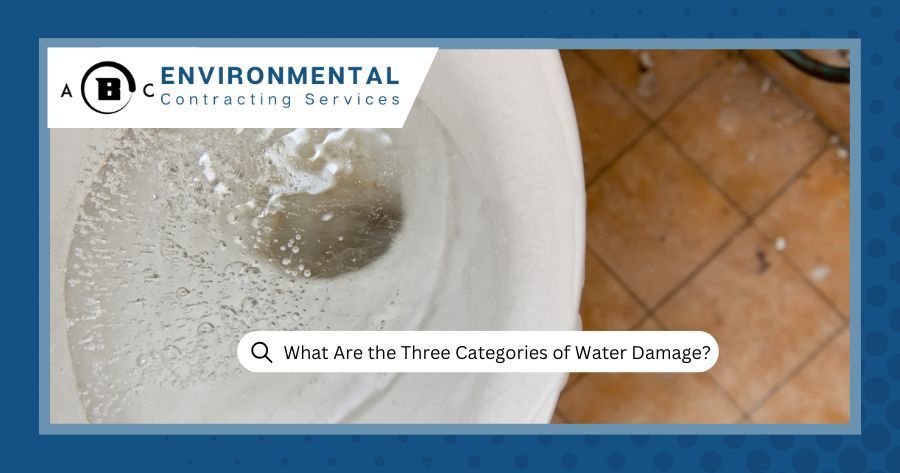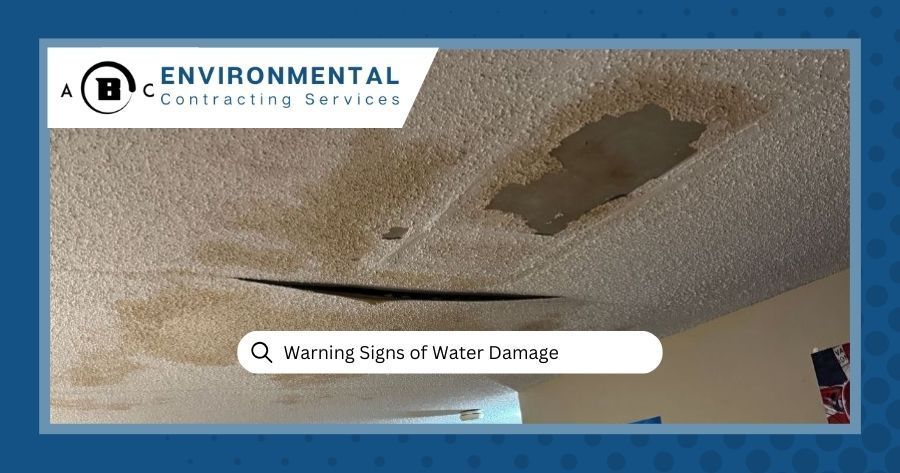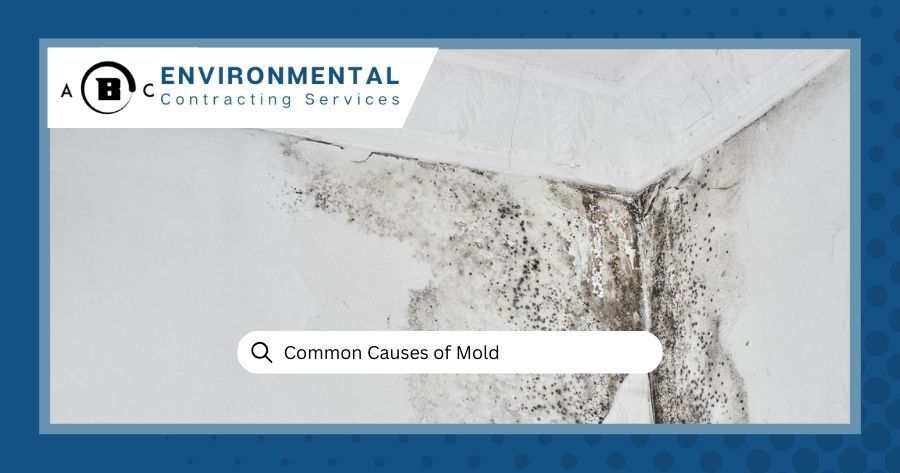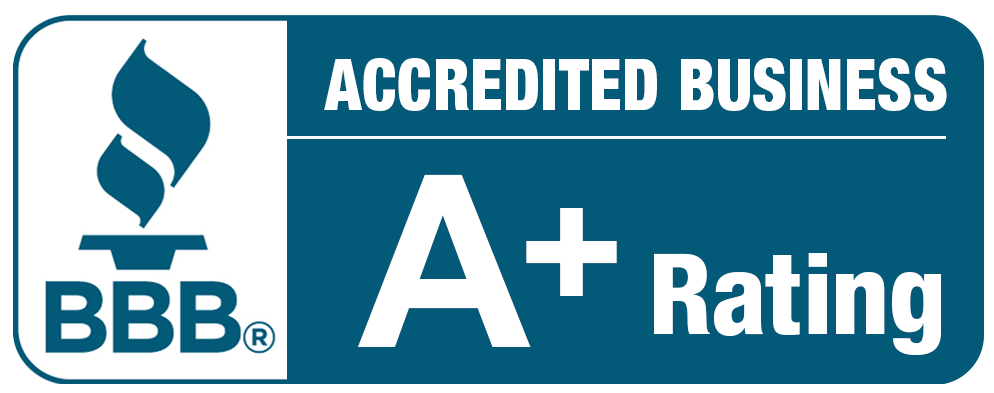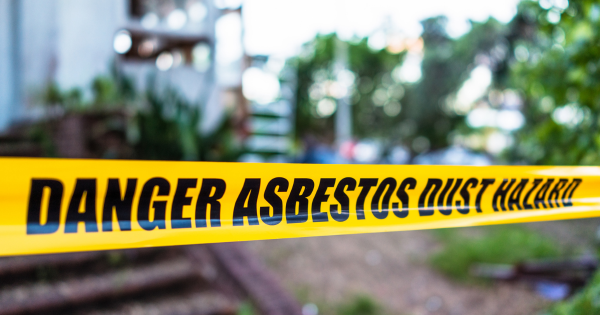
Asbestos, once a popular building material, is often found in older homes. Its durability and resistance to heat made it a choice material in the past. However, its health hazards have led to a decline in usage. This blog post explores the types of asbestos commonly found in older homes, their uses, and associated health risks. If you suspect the presence of asbestos in your home, it's crucial to prioritize safety and consider professional asbestos removal in Columbia, MO to mitigate potential health risks and ensure the proper handling of this hazardous material.
Historical Uses of Asbestos
Asbestos was a popular building material from the 1940s to the 1970s. It has a long history of use in residential construction due to its durability and resistance to fire, heat, and chemical damage. Its fire-resistant properties made it ideal for insulation, roofing, and even in floor tiles, but it can be found in a wide aray of areas. If you have an older home, be cautious and critical of the following areas:
- Insulation: Asbestos was widely used for insulation in homes, particularly in attics, walls, and around pipes and boilers.
- Flooring: Asbestos was commonly mixed into vinyl tiles and linoleum, as well as the adhesives used to install flooring.
- Ceiling and Wall Applications: Sprayed-on or troweled-on asbestos was often used for textured ceilings, known as 'popcorn' or 'cottage cheese' ceilings.
- Roofing and Siding Materials: Roofing shingles, siding, and felt contained asbestos because of its strength and resistance to weathering.
- Pipe and Duct Coverings: To prevent heat loss and protect against fire, asbestos was used in the coverings of pipes and ducts. It was also used in HVAC systems for these reasons.
- Fireproofing and Heat Resistance: In areas prone to high heat or where fire resistance was critical, such as around furnaces, fireplaces, and hot water tanks.
- Electrical Insulation: Asbestos was used in electrical panels and wiring insulation due to its non-conductive and fire-resistant properties.
- Decorative Applications: Some homes used asbestos in decorative plasters and paints for its texturing capabilities and durability.
- Window Caulking and Sealants: Asbestos was included in caulking and sealants used around windows and doors to enhance durability and fire resistance.
- Joint Compound: Used in seams between pieces of drywall, asbestos-containing joint compound helped prevent cracks and ensured a smooth finish.
Types of Asbestos to Watch Out For in Older Homes
1. Chrysotile (White Asbestos)
- Characteristics: Chrysotile, also known as white asbestos, is the most common type of asbestos and has a curly fiber composition. Its flexibility makes it less friable (prone to crumbling) compared to other forms of asbestos.
- Uses in Homes: Chrysotile was widely used in roofs, ceilings, walls, and floors. It was also found in boiler seals, gaskets, and in some cases, in insulation materials.
- Health Risks: While all asbestos types are hazardous, chrysotile is considered less likely to cause mesothelioma compared to other forms. However, it can still cause lung cancer and asbestosis.
2. Amosite (Brown Asbestos)
- Characteristics: Amosite, or brown asbestos, is known for its strong and heat-resistant properties. It has straighter fibers compared to chrysotile and is more friable.
- Uses in Homes: This type was commonly used in cement sheets and pipe insulation. It was also found in ceiling tiles, thermal insulation products, and chemical insulation.
- Health Risks: Amosite poses a higher risk for cancer, particularly mesothelioma, due to its friability and the nature of its fibers.
3. Crocidolite (Blue Asbestos)
- Characteristics: Crocidolite, often called blue asbestos, has very thin fibers and is the most brittle form of asbestos. It can break down into extremely fine fibers that are easily inhaled.
- Uses in Homes: Less commonly used than chrysotile or amosite, crocidolite was employed in some insulation materials, particularly in steam engines, and in some spray-on coatings, pipe insulation, and cement products.
- Health Risks: Crocidolite is considered the most hazardous form of asbestos due to its fine fibers that can penetrate the deepest parts of the lungs. It has a high risk of causing mesothelioma and other asbestos-related diseases.
Learn About - How To Get Rid of Asbestos
Health Effects of Asbestos
Exposure to asbestos fibers can lead to serious health issues, including:
- Asbestosis: A lung disease causing scarring of lung tissue.
- Mesothelioma: A rare form of cancer primarily affecting the lining of the lungs.
- Lung Cancer: Prolonged exposure to asbestos increases the risk of lung cancer.
Identifying Asbestos in Your Home
Asbestos-containing materials (ACMs) are not always easy to identify. If your home was built before the 1980s, it might contain asbestos. Look for suspect materials in insulation, floor tiles, roofing, siding, pipe insulation, and textured paints. While you cannot confirm asbestos presence by sight alone, certain materials like vinyl floor tiles, insulation around pipes, and popcorn ceilings could contain asbestos.
If you suspect that you have asbestos in your home, you can call a licensed
asbestos removal company to do an inspection and sampling. These experts safely take small samples from suspected materials. They use protective gear and ensure that the sampling process minimizes any disturbance to the material, reducing the risk of fiber release. The samples are sent to a laboratory specializing in asbestos analysis. In some cases, companies may also perform air quality tests to check for the presence of asbestos fibers in the air, especially if the material is suspected to be friable or damaged.
Safe Removal of Asbestos With ABC Environmental Contracting Services in Columbia
Never attempt asbestos removal yourself. Hiring a licensed and experienced asbestos abatement contractor is crucial for safe removal and disposal. If you suspect the presence of asbestos in your home,
contact ABC Environmental Contracting Services in Columbia by calling us at (573) 928-2668 or filling out the form on our website. Our team will schedule an inspection ASAP and conduct testing if necessary to make sure your home is safe from asbestos fibers.

